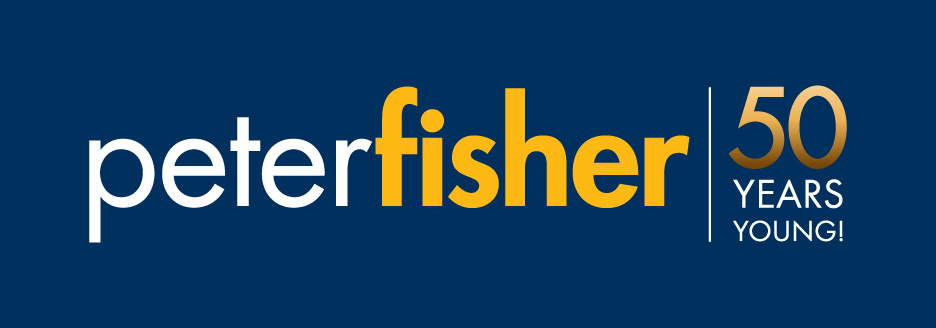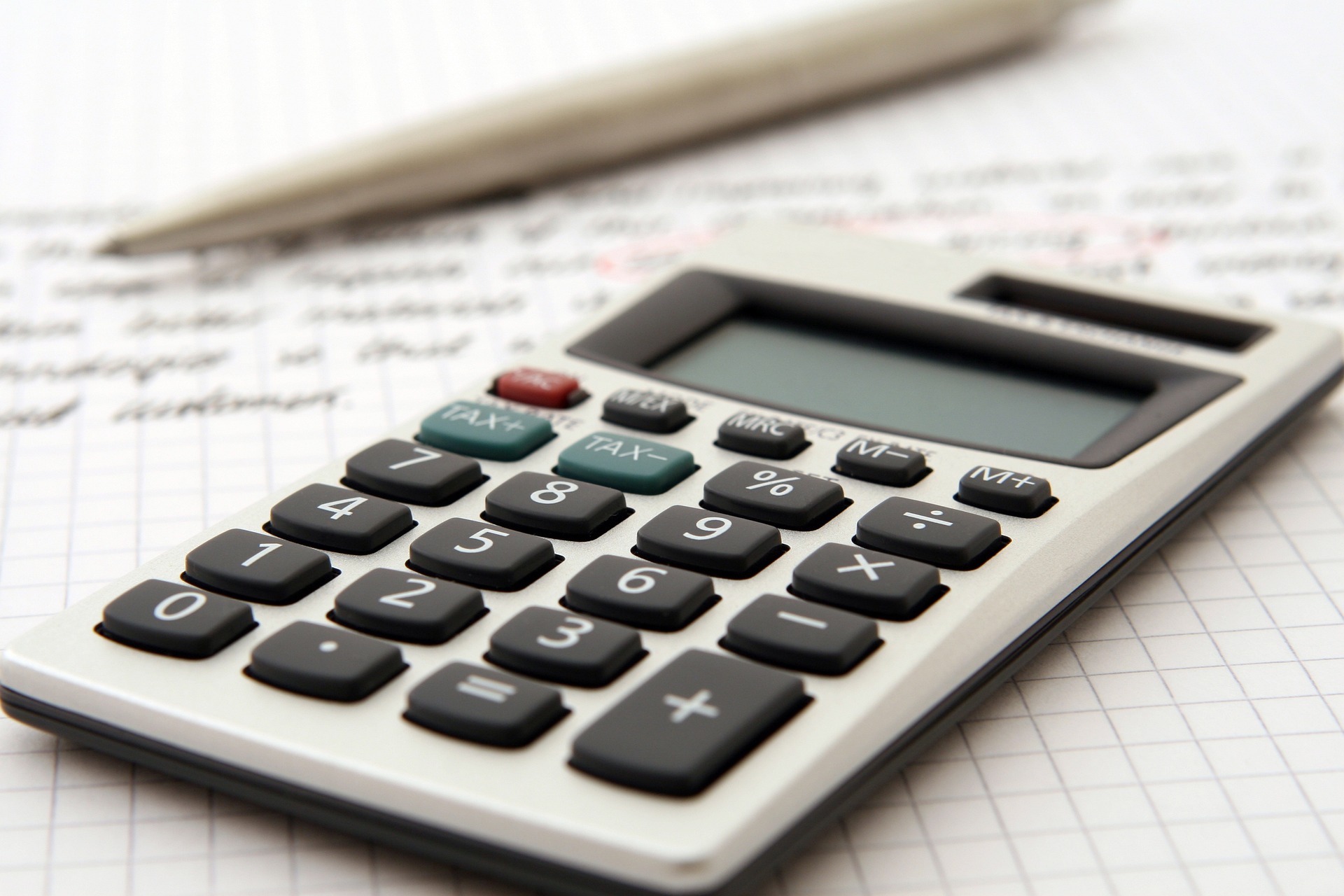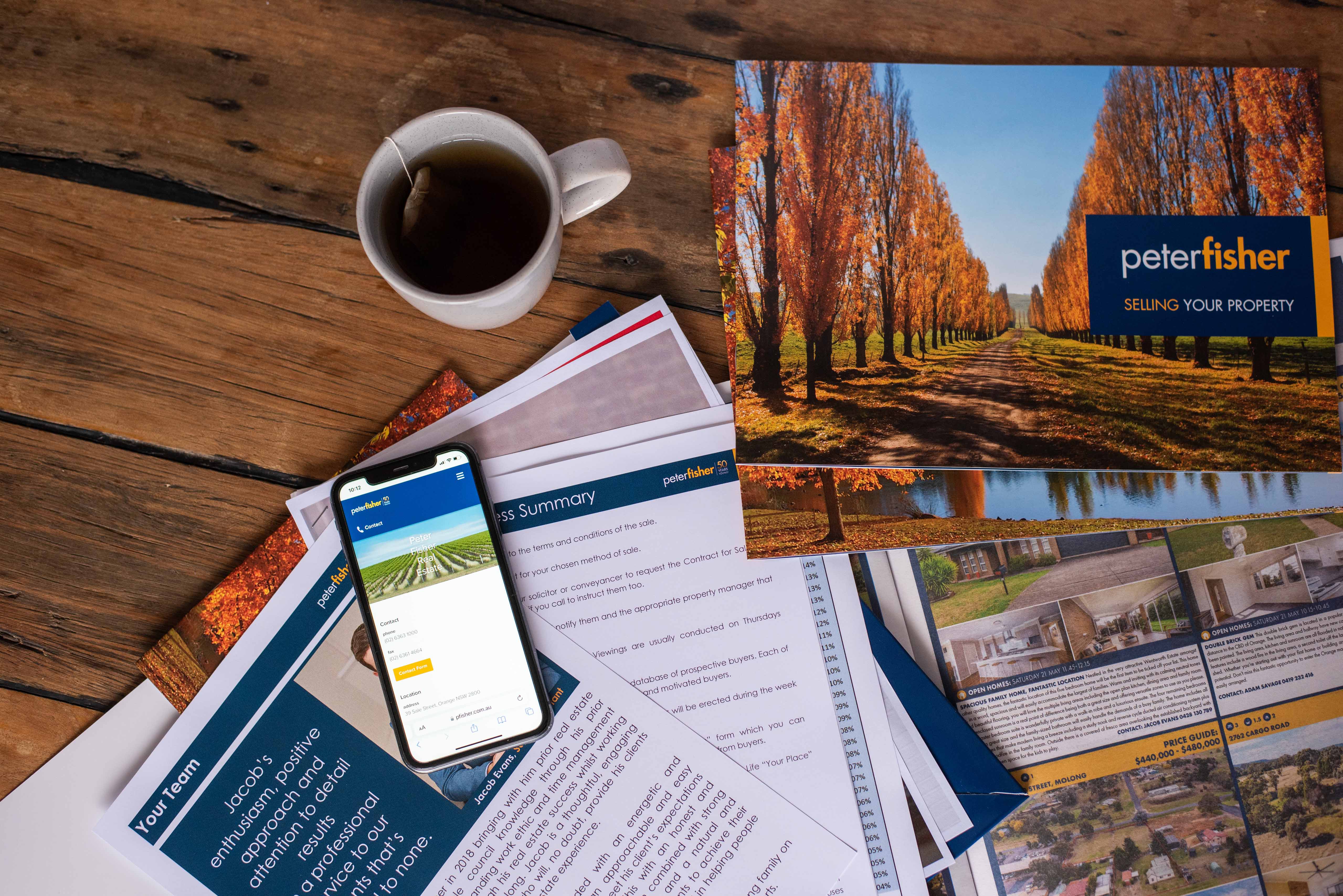Upfront and hidden costs of buying a house in 2022
Buying a house isn’t like picking up a piece of clothing in a shop, checking the price tag, and then paying.
There are a number of extra, often seemingly hidden costs buyers need to be aware of, which aren’t necessarily spelled out in glossy real estate advertisements.
Upfront and hidden costs can add as much as $40,000 to the purchase price of a property, so it’s vital buyers understand them. Almost all of the costs depend on the value of the property being purchased and where it’s located.
Different state and territory governments, in charge of costs such as stamp duty and transfer fees, among others, and local councils, who are responsible for calculating rates, also charge different amounts, as do banks and lenders.
In some states, first-home buyers don’t have to pay one of the biggest “add-ons”, stamp duty, but in others, they do. All this means it can be tricky to work out exactly how much will have to be paid.
Conveyancing & legal fees
Conveyancing and legal fees are the costs associated with engaging a conveyancer or other professional to do the required legal paperwork when buying a home.
Dr Diaswati Mardiasmo, the chief economist for PRD, said conveyancing involves the preparation, execution, and lodgement of various legal documents to enable a swift and legal sale.
Typically there are three phases; preparation of sale contract, the exchange of contracts, and completion.
“Because conveyancing and legal fees can be somewhat standardised – because there is a similar process in the handling of each house sale – there is usually the option of selecting a fixed fee.
“However, it’s important to understand what is included in fixed fee conveyancing and ensure you don’t get caught out. For example, if there needs to be an extra letter sent from you, the buyer, to the owner, there might be an extra charge,” she said.
Dr Mardiasmo said conveyancing and legal fees depend on how complicated the transaction is and who does the work, ie a conveyancing company with a team of solicitors specialising in conveyancing or a private lawyer or solicitor.
Stamp duty
Stamp duty is a charge applied by state and territory governments and relates to the transfer of land or property.
Stamp duty can cost tens of thousands of dollars. The exact amount depends on the value of the property, the state or territory the property is in, if the purchaser is a first-home buyer, if it’s an established home, new home, or vacant land, and other factors.
The more expensive the home, the more stamp duty is. For example, a $1 million purchase can attract stamp duty as high as $55,000.
Several states offer stamp duty exemptions and concessions to first-home buyers. On a $500,000 house, first home buyers won’t pay any stamp duty in Victoria, New South Wales, or Queensland.
Pest & building inspections
A building inspection is an assessment of a property’s condition done by a qualified inspector, usually before putting in an offer on a property, although an offer can be made conditional on one.
It covers everything from faulty roofs to rising damp and cracked walls, and generally includes information on whether these faults can be repaired and how much repairs would cost.
A lot of buyers ask their inspectors to check for pest damage during the inspection, too. This usually costs a little extra, but is generally advisable, given the extensive damage termites and other pests can cause.
“There are rare cases in which a pest and building inspection is waived; usually this is only for off-the-plan, newly built properties and only if the developer/builder provides certificates to show that they have done their checks, to ensure the property is up to government standard and signed contract with you,” Dr Mardiasmo said.
Mortgage registration & transfer fees
Mortgage registration and transfers fees are the costs associated with formally registering a mortgage and transferring the property ownership. The costs for each differ between states. Some charge a set fee, while others are on a sliding scale.
Mortgage registration fee
Dr Mardiasmo said a mortgage registration fee is paid when a mortgage is established or discharged – paid out – against a property.
“The land titles office in each state or territory collects the fee for registering the lenders’ mortgage on the title record for the property.”
Transfer fee
The transfer fee is set by the relevant state government and covers the transfer of title of the property from one party to another.
Loan application or establishment fees
Loan application or establishment fees are the costs associated with setting up a loan with a lender.
According to Dr Mardiasmo, the fees payable depend on the lender, the loan amount, and other factors. They can be a fixed fee or a percentage of the loan amount. “This may also differ if you’re using a mortgage broker,” she said.
Some lenders will waive these types of fees under certain circumstances.
Lenders’ Mortgage Insurance (LMI)
Lenders’ mortgage insurance (LMI) is a fee banks and other lenders charge borrowers when they’re deemed high risk. Usually, this is when the deposit is less than 20% of their property’s purchase price or those applying have inconsistent income.
Technically, the borrower pays the LMI payment in a lump sum at settlement. However, many lenders will offer to finance LMI into the home loan, so it’s added to the monthly mortgage payments. This means borrowers don’t have to have the funds upfront, but it also means paying more interest on the overall loan, resulting in higher monthly repayments.
Council and water rates
Council and water rates are another two expenses buyers have to consider when buying property.
Council rates
The seller will have paid any rates owing to the local council – generally until the end of the quarter – and they simply add the buyer’s portion of that amount to the purchase price.
Dr Mardiasmo said council rates are determined by the local council, usually depending on a land valuation. “Land valuations are usually performed annually by the state government,” she said.
Water rates
While most utilities, like power and gas, will be cut off and then reconnected as part of a sale, with water charges, there is crossover.
The seller is generally required to pay for all the water used up to the settlement date. A special water meter reading is usually done to confirm the amount and then the buyer takes over.
Insurance
Insurance – both home and contents – are other immediate and ongoing costs after buying a home.
Home insurance, sometimes called property or building insurance, generally covers a main dwelling, a garage, other outbuildings that can be locked, and items “permanently attached or fixed” to a home such as light fixtures and built-in wardrobes.
Contents insurance, on the other hand, covers things inside a home that aren’t permanently fixed to the walls or floor, like furniture, TVs, and fridges.
Both protect against a wide range of events such as fire, storm, and flood damage.
A home and contents policy combines the two types of cover. It’s possible to have one policy for the home and another for contents, but most people combine them into one.
The cost of any insurance policy is based on the “sum insured” and the risk of needing to make a claim.
Insurers look at several factors when calculating a premium, including the number of people living in the home, the age of the person getting the insurance, the location of the property, and the crime rate of the suburb.
Moving
An extra cost some forget about when buying a property is the cost of actually moving in there.
The cost of moving depends on many and varied factors, including where the move is from and to, how much needs to be moved and so.
Many removalists charge by the hour, while interstate removalists tend to charge by cubic metres or by the number of boxes
Quotes are likely to range from $75 to $300 an hour – and may or may not include insurance or packing materials – so it’s wise to clarify when getting a quote.
For about $250 an hour, it’s possible to include premium insurance to cover damage caused during packing and unpacking.
Many removalists have calculators on their websites, to help clients add up the cost of a move. The final fee will depend on how many rooms are included and whether heavy or awkward items are included.
Investment property costs
When buying a property as an investment rather than to live in, there are extra costs to take into consideration.
These can include:
leasing fees
property management fees
repairs and maintenance to ensure minimum rental standards
body corporate fees
tax
loan, interest, and bank fees.
Example costs of buying a house in Australia
The upfront and hidden costs of buying a house in Australia differ between states and territories. Here’s a breakdown of sample costs.
Costs of buying a house in New South Wales
| Purchase price | $500,000 |
| Conveyancing and legal fees | $1,800 |
| Stamp duty (first-home buyers) | $0 |
| Stamp duty (other) | $17,707 |
| Building inspection and pest inspection (combined) | $600 |
| Mortgage registration fee | $148 |
| Transfer fee ($35 for every $10,000 over $180,000) | $295 |
| Loan application fee | $600 |
| Lenders’ mortgage insurance (with only 10% deposit) | $12,000 |
| Council and water rates | $710 |
| Hidden costs for first-home buyer | $516,153 |
| Hidden costs for other buyers | $533,860 |
| Total cost for first-home buyers | $516,153 |
| Total cost for other buyers | $533,860 |
The information in this article is for general interest and is not intended as advice. For advice and planning, consult an experienced financial planner.
Source: https://www.realestate.com.au/advice/hidden-costs-buying-home/
Image by Rob Owen-Wahl from Pixabay



